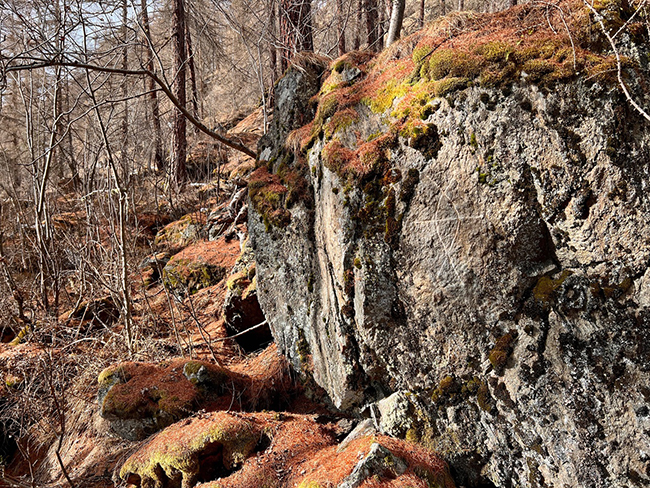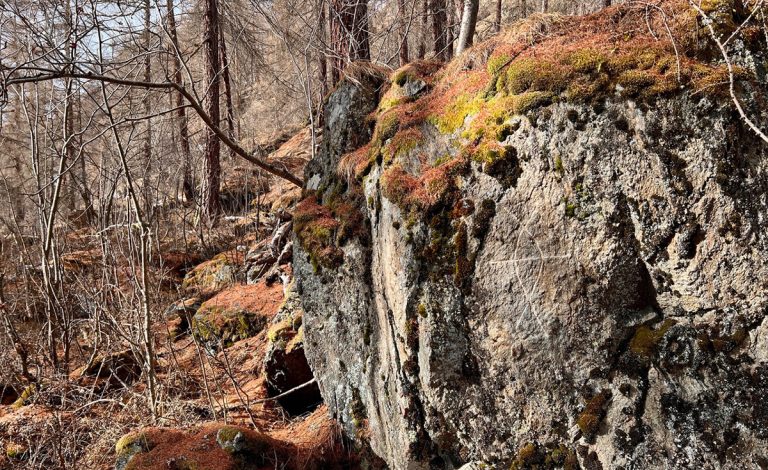Garda Alexander, a German-born artist now living in Switzerland, brings a rare depth to her creative work. She moves easily between painting, sculpture, and large-scale spatial designs, always tying her art back to the natural world and human experience. Her early studies in human medicine have left a strong imprint on her style — a careful balance between scientific precision and the wild freedom of artistic expression. Shapes, colors, and structures in her work don’t just fill space — they carry meaning, almost like a language of symbols. Alexander is constantly experimenting, never settling into one method for long. Whether working with traditional materials or pushing into new territory, she invites those who encounter her art to experience discovery for themselves. Every project is an open conversation between place, people, and the unseen rhythms of life.

The Work: “One Moment to Breathe”
At this year’s Architecture Biennale in Venice, Garda Alexander’s latest work makes its mark. Her project, “One Moment to Breathe,” is part of the European Cultural Centre’s Time Space Existence exhibition — a platform where artists, architects, and thinkers tackle some of the biggest ideas we live with: how we experience time, how we move through space, and what it means to exist.
Alexander’s contribution is a multilayered space installation based on her land-art projects from Switzerland, Egypt, and Ireland. At the Palazzo Mora, visitors are welcomed into an immersive environment where color, sound, photography, film, and spatial design come together. It’s not just a gallery show. It’s a place you step into — where the lines between nature, memory, and imagination blur.
The installation features different photographs documenting her land-art interventions, alongside conceptual elements like soundscapes and multi-level layouts. Each element is carefully designed, from the floor patterns to the color palette, to evoke the feeling of stepping into an alternate public space — a kind of oasis hidden inside the everyday world.
Alexander’s mission is simple and clear: she wants people to pause. In a world where cities grow louder and time feels faster, her virtual regeneration spaces invite people to slow down, breathe, and reconnect. She calls these spaces “power spots” — places of stillness and renewal tucked inside the urban chaos.
With “One Moment to Breathe,” Alexander shows how art can reshape public space. It’s not about grand monuments or flashy statements. It’s about quiet, about offering the body and mind a break from speed and noise. Her virtual project in Venice is an example of how cities could transform small, often overlooked places into sanctuaries for reflection.
The larger exhibition theme, Time Space Existence, aligns perfectly with Alexander’s vision. Since 2012, this major biennial exhibition has gathered artists, architects, universities, engineers, and thinkers from around the world to explore how we relate to our environments. It’s a big conversation — about design, about human needs, about how our spaces reflect our values — and Alexander’s work brings a vital piece to that dialogue.
Through her installation, visitors don’t just observe her work; they participate in it. They step into the world she has created, a world designed for healing and reflection. By presenting land-art — something deeply connected to earth, material, and human touch — in a curated Venice setting, she challenges the audience to think about how we can bring the outside in, and how we can find moments of peace even where we least expect it.
In the end, “One Moment to Breathe” isn’t just a title. It’s an invitation — to rethink how we move, how we live, and how even a single moment of stillness can change the way we experience time, space, and existence.


